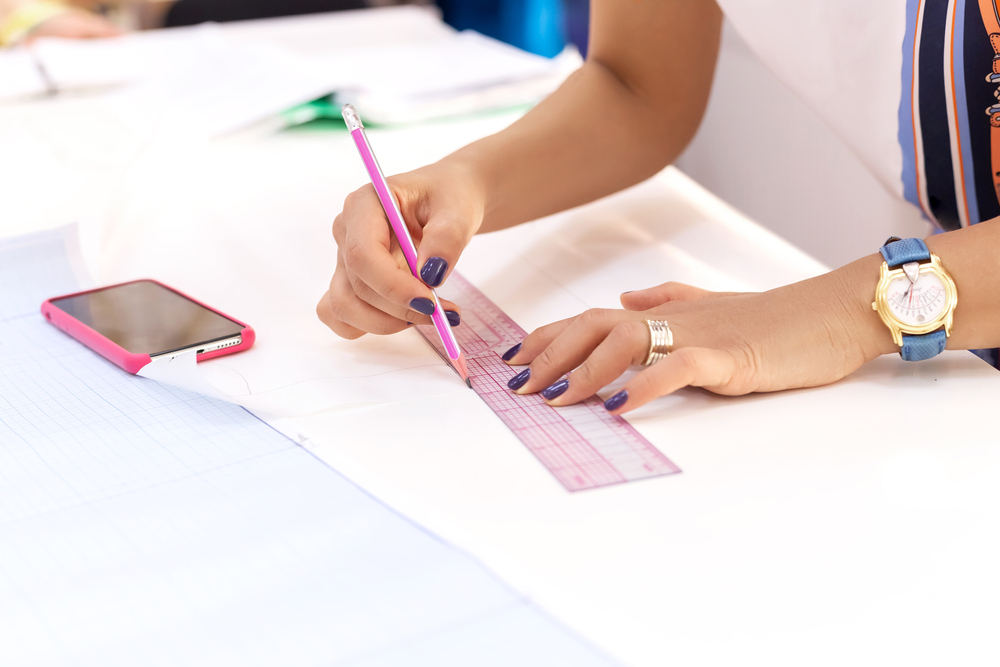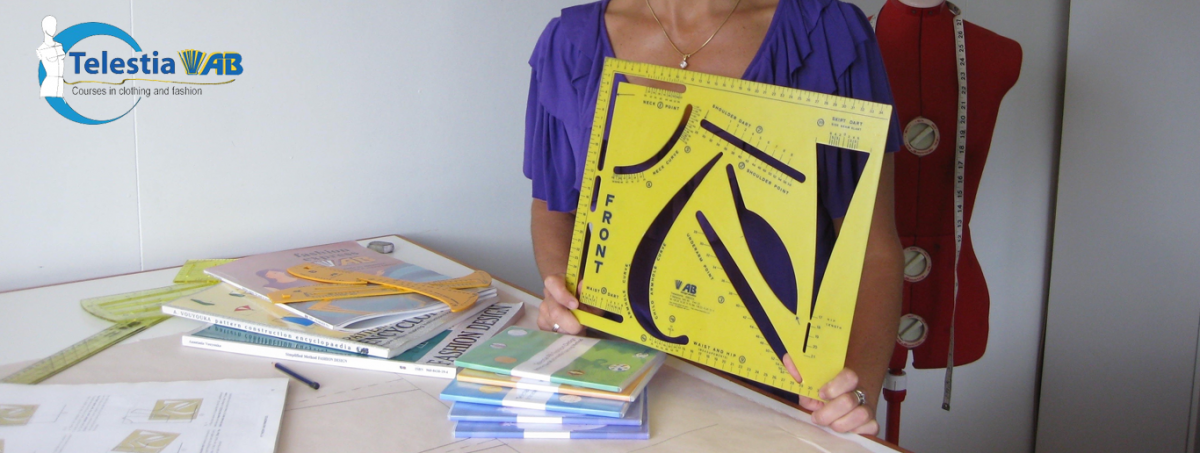A simple definition of pattern-making is altering a piece of cloth for making outfits that suit a person’s body shape. In a way, it is nothing less than the building block of fashion design. Furthermore, pattern drafting is an essential skill needed in the career of fashion designing because without this skill it is not possible to make a perfect garment. This knowledge is also needed in varying degrees by costume designers, fashion designers, sewing business owners, home sewists, and pattern makers. So now, you can understand how pattern drafting in fashion designing is very significant in this industry.
Methods of Pattern Making
Nowadays, there are many methods of pattern making. However, the most perfect and easy way to make patterns is by computer. That is why the demand for pattern making software is very high in the garment making industry. They rely on this computer software for making various patterns with the talent of professional fashion designers. Computerised pattern making is faster, with less chance of errors, yet it is a bit costly. That is why many go for manual pattern drafting.
Manual pattern drafting is done by two main methods, which include Flat pattern drafting method (with block patterns) & the Draping method.
Flat Pattern Drafting
It is the process of making drawing on a pattern paper in accordance with the body measurements and design on a fashion sketch. It is considered to be the most accurate pattern making method amongst fashion designers. The fundamental patterns are referred to as slopers, which has bare minimum ease. Generally, it fits the figure T. the fundamental slopers are then altered to create various types of other complex yet feature-rich flat patterns. Simultaneously, the slopers are managed and altered by adding ease along with other design elements like tucks, fullness, change in design lines, etcetera.
Even though fashion sketches and patterns are flat, but clothes are definitely not. Things that add depth and dimension to the flat patterns are the design elements. Spreading and slashing of the sloper patterns bring more plumpness to the pattern, and then darts are added to offer a 3D effect, and fabric manipulations provide texture to the fabric.
Draping Method
It is called draping the fabric on the dress form, after that pattern is done. Usually, the fabric used in this case is muslin that is pinned directly on to the mannequin, and adjustments are made like darts, tucks, and curves are pinned, and the marking is done with the chalk.
This process helps the designer to clearly check how the fabric drapes and how it will turn out in the end. Therefore, when you want to visualize your design in a 3 dimensional way before making a pattern, then this is the method for you. The draping is nearly transformed into a flat pattern before it is made into the final garment.
For more information regarding pattern drafting, visit Pattern Creations today.




